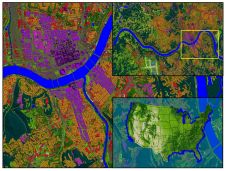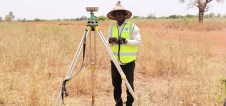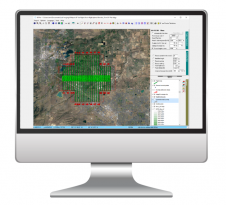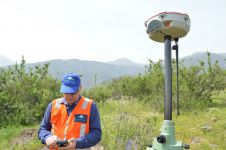大学宣布0.3毫米塑料膜中的3D扫描仪
本文最初发表在地理世界.
Austria’s Johannes Kepler University announced a 3D scanning technology that may be even better suited for consumer mobile applications than solid-state lidar. Scientists in the Institute for Computer Graphics have developed a transparent plastic film that is 0.3 mm thick, flexible, and capable of capturing 3D depth information.
该研究所负责人奥利弗·本伯(Oliver Bimber)教授说,这部电影“可以采用任何形状和规模,使每天更容易使用。”他说,这部电影将提供适合平板电脑,智能手机和其他消费设备的外形扫描。当前,用于移动设备的3D传感器机械复杂且笨重。
How does it work?
The sensor itself is passive, so it’s accompanied by a small external pico projector that illuminates an object with “a series of random noise patterns.” The film then uses a special fluorescent dye that measures the “light signal” from the illuminated object. That means no optical elements (like lenses) are necessary.
处理这些数据到一个三维图像,Bimber和his team are currently an approach from “a fairly new sampling theory known as compressive sensing,” in which the light measurements are used to generate 256 views of the object that “differ only in their shading.” Once those images are generated, the team applies a reconstruction process known as “shape from shading,” which can determine the geometry—and thus the depth information—of the object being scanned.
The researchers say the film they’ve presented is essentially a proof of concept at the moment, with more developments to come. “In the future,” says Bimber, “the random noise patterns required for scanning will no longer be generated by an external pico projector, but rather by a coded aperture located directly within the second layer of film.”
The result would be a 3D scanning sensor integrated completely into a film less than a millimetre thick.
使您的收件箱更有趣。Add some geo.
Keep abreast of news, developments and technological advancement in the geomatics industry.
免费注册












